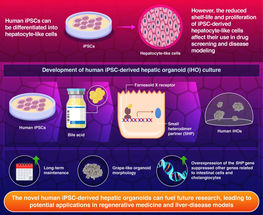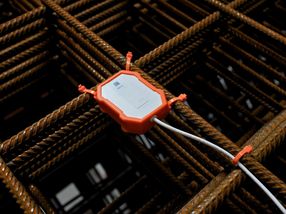Researchers develop immunotherapy to treat advanced brain cancer
Combination effectively treats advanced brain cancer in pre-clinical models
UCLA researchers have developed a new breakthrough combination treatment that utilizes a vaccine to activate an immune response against advanced brain tumors. The therapy harnesses an antibody blockade to prevent the brain cancer from shielding itself from the patient's own immune cells, so they can recognize the tumor and attack it.
The diagnosis of glioblastoma (GBM) is associated with an extremely poor prognosis in most people with the disease. It is estimated that median survival following traditional treatments, such as surgery, radiation and chemotherapy, is generally 14 to 18 months.
The new three-year study led by Drs. Robert Prins, Linda Liau and Timothy Cloughesy, all UCLA Jonsson Comprehensive Cancer Center members, showed for the first time that a dendritic cell vaccine in combination with the antibody blockade of an immune cell surface receptor known as PD-1 generates a more effective immune response against GBM beyond the use of either treatment alone.
"These findings are the first that specifically outline the mechanism by which an effective immune response can be seen in tumors located in the brain," said Prins, an associate professor in the department of neurosurgery at UCLA. "We discovered that effective anti-tumor immunity to glioblastoma must have a significant infiltration of killer T cells and a blockade of the important checkpoint axes that make these killer T cells dysfunctional within the tumor."
Prins and his team added that the combination treatment is effective at reminding the immune system that the GBM is a foreign invader, essentially preventing the brain cancer from recurring or growing.
The administration of PD1/PD-L1 antibody blockade alone may not be successful in glioblastomas that do not have significant T-cell infiltration. Dendritic cell vaccination allows for infiltration of T cells into the brain tumors, while the PD-1 (mAb) antibody blockade removes the shield the tumor activates to hide from the immune system.
The methodology is different from previous research in metastatic melanoma and non-small cell lung cancer, as it shows that activation of an immune response using dendritic cell vaccination may be necessary in tumors that do not respond to PD-1/PD-L1 checkpoint inhibitors alone.
The next stage of research is to understand how the PD-1/PDL1 pathway signaling mechanism fits into other potential means of immune suppression currently being studied.
Original publication
Most read news
Original publication
Joseph P. Antonios, Horacio Soto, Richard G. Everson, Joey Orpilla, Diana Moughon, Namjo Shin, Shaina Sedighim, William H. Yong, Gang Li, Timothy F. Cloughesy, Linda M. Liau, Robert M. Prins; "PD-1 blockade enhances the vaccination-induced immune response in glioma"; JCI Insight; 2016
Organizations
Other news from the department science

New Label-Free Imaging Tracks Cancer Treatment in Single Cells
One Tool, Many Applications

The evolution of cancer cells decoded
"Our vision is a new type of early cancer detection"

Get the life science industry in your inbox
By submitting this form you agree that LUMITOS AG will send you the newsletter(s) selected above by email. Your data will not be passed on to third parties. Your data will be stored and processed in accordance with our data protection regulations. LUMITOS may contact you by email for the purpose of advertising or market and opinion surveys. You can revoke your consent at any time without giving reasons to LUMITOS AG, Ernst-Augustin-Str. 2, 12489 Berlin, Germany or by e-mail at revoke@lumitos.com with effect for the future. In addition, each email contains a link to unsubscribe from the corresponding newsletter.























































